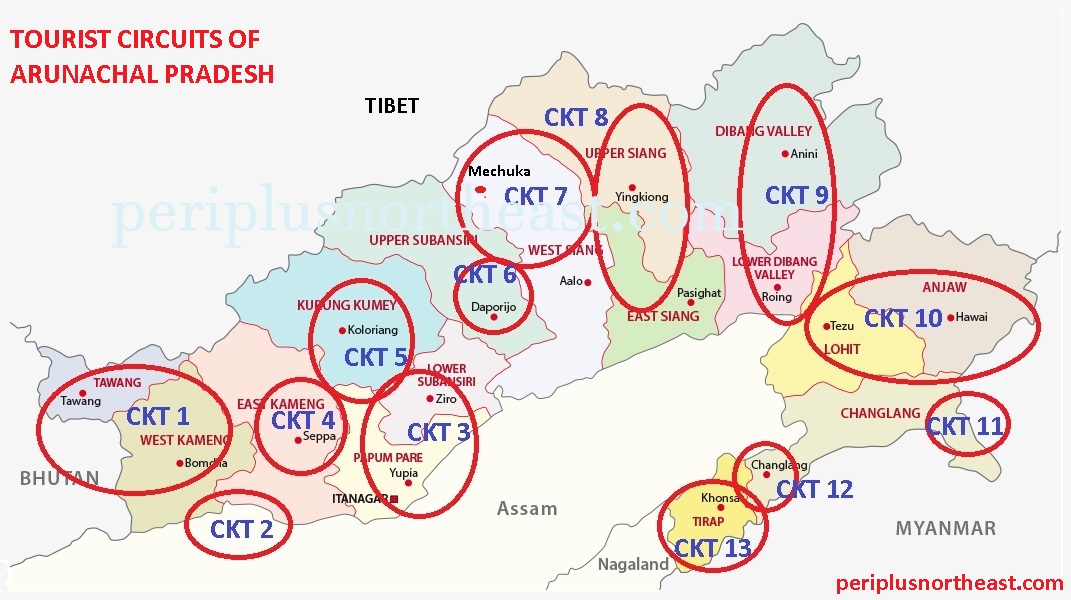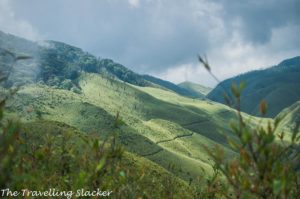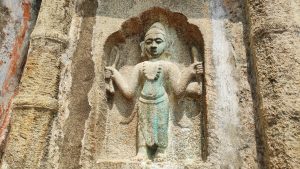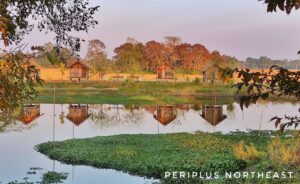
If you have any idea about Arunachal Pradesh, you are probably aware of these 12 Arunachal Tourist Circuits. Even if you are not, just know that Arunachal Tourism has officially defined these circuits depending on geographic locations across this state. Apart from being vast and diverse, Arunachal is also remote and most of the areas have limited infrastructure. It is practically impossible to cover the whole state in one go and that is why it has been divided into circuits so that you can plan one at a time. I intend to gradually explore and document every circuit in detail. But as of now, let us have a quick look at them.
The thing with these circuits is that the communication is not as simple. There is no direct connectivity between many of these circuits although they look close in the map. For instance, if you have to go to Ziro from tawang, you have to first come back to the plains of Assam, drive along the highway for a while, and then enter Arunachal again. This is why these circuits help you plan, although personally I would have slightly chnaged the way they were arranged. I generally target 1-2 circuits in one trip.
12 Tourist Circuits of Arunachal (+1)
1. Tezpur-Bhalukpong-Bomdila-Tawang (Shergaon-Rupa)
This circuit needs no introduction. This is probably the most famous region in Arunachal Pradesh. Bomdila-Dirang-Tawang route has been popular for a while with the friendly Monpa population, Buddhist Monasteries, high passes, and lakes. But there are other things in the peripheries, such as the Shergaon-Rupa circuit, that deserve more coverage. Also, this region is a paradise for hardcore bird watchers with the likes of Eagle’s Nest and Manda La. Apart from Monpas, there are other eclectic communities here like Sherdukpen and Bugun.
I have already made a detailed post about the Tawang Circuit.
2. Tezpur-Seijosa(Pakhui)-Bhalukpong-Tipi-Tezpur
This is adjacent to the circuit above but it is more it is a more untouched area dominated by Pankhui (Pakke) tiger reserve. Some tourist facilities have come up near Seijosa, at the edge of the forest, and it is also good for birding, especially Hornbills. It is generally inhabited by Nyishi people.
3. Itanagar-Ziro-Daporijo-Aalo-Pasighat
I guess this circuit was thought of during the early days of planning because it covers a vast area and covers elements from multiple circuits. Itanagar has a few things but it is more of a big city. The main attraction here is Ziro, the valley of the Apatanis. The music festival has made it famous but that is more of a distraction rather than the real thing. From Ziro you can also for treks such as the Talley Valley Trek. Daporiji, Aalo, Pasighat, etc are growing towns but you will find interesting villages if you venture out. Another new attraction not specifically mentioned in this context but is in the same area is Basar, dominated by Galo people. Another place I can think of is Malini Than, which is a temple and an archaeological site on the border and is related to the ancient kingdoms of Assam.
4. Doimukh-Sagalee-Pakke Kesang-Seppa
Yet again, this circuit is barely touched and there is limited information available. These are mostly n the East Kameng District (As opposed to West Kameng, which covers Curcuit 1). This region also touches the Pankhui Sanctuary mentioned in Circuit 2, but on the northern side. The main ethnic groups here are the Akas, Bangnis(Nyishi), Mijis and Puroiks (Sulung).
5. Ziro-Palin-Nyapin-Sangram-Koloriang
Now, Ziro here is a famous tourist destination as discussed in circuit 3. But the region beyond that is completely untouched and frankly, I have never met anyone who has even been to Koloriang. This does make it an interesting proposition. Maybe I will make it someday. Beyond the Apatanis of Ziro, you will come accross Nyishi, Bangru, and Puroik people.
6. Daporijo-Taliha-Siyum-Nacho
These are located in the Upper Subansiri district dominated by Tagin and Galo people. Apart from Daporijio, the remaining places here are again not explored much.
7. Aalo-Mechuka
This is a more popular circuit. Aalo (Along) is dominated by Galo people and was one of the better-known towns in the state. Mechuka beyond is located on the banks of Siyom River near the Tibetan frontier. It was remote but in the last decade it has been developed as an adventure sports destination and is very popular nowadays. Mechuka is dominated by Buddhist Memba people.
I have an old post on Mechuka.
8. Pasighat-Jengging-Yingkiong-Tuting-Galling
This is the epic route along the Siang river. Lower areas are dominated by Adi people while you will find others such as Idu Mishmi, Khamba and Memba as you go along. The population in the upper areas near the border are Buddhist and it touches the iconic Beyul of Pemako region which has mythical signifance for Tibetan Buddhists. Some extreme 3 week treks can also be done here. In spite of all these, this region remains barely explored and few have made it to this frontier.
9. Dibrugarh-Roing-Mayudia-Hunli-Anini
This is another circuit which is not well-explored but has begun to grow already. This is the Dibang Valley dominated by Adi and Idu Mishmi people. Roing is more of a plain area on the border of Assam. Mayudia beyond Roing. It is a moderately high pass where it snows in the winter and attracts visitors from the plains of Assam. But the real attraction starts after Mayudia, as you reach Anini. There are scores of trek routes and high altitude lakes beyond Anini that are only beginning to attracct eyeballs. Dambuk (that place with the Orange Festival), is also a short dversion from here. This circuit can only grow in the near future.
I once went there but only made it to Mayudia. Nevertheless I made a Roing Anini Guide.
10. Tinsukia-Tezu-Wakro-Hayuliang-Kibithu-Kaho-Dong
This is the easternmost part of Arunachal, and also of India.That means this part receives the first rays of sun and this is why people now go there on New Year’s eve. This stretch follows the Lohit River. These areas are inhabited by Adi, Meyor, Khampti, Singpho and Miju Mishmi people. The remotest corners border China and has significant army presence.
11. Margherita-Miao-Namdapha-Bijoynagar
This circuit in Changland district is mainly dominated by the Namdapha National Park, which is a dense rainforest. You can hike through the jungle for several days and if you have time, you cna reach Bijoynagar, which is practically among the remotest villages in India as you need to hike through the jungle for more than a week to reach it! This area is inhabited by Lisu and Singhpho people, as well as some Chakma settlers.
Namdapha is well-known among wildlife lovers yet has not been explored well due to sheer remoteness and challenging terrain. I have been to Namdapha but it was not a very successful trip. You can club it with some other wildlife attractions in the bordering areas of Assam such as the Dehing Patkai and the Dibru Sailhowa National Parks.
12. Jairampur – Manmao- Nampong – Pangsau Pass
This is another interesting area that is beginning to grow, especially after the introduction of the Pangsau Pass Winter Festival. This pass was actually an ancient route connecting NE to Myanmar in the ancient times. During WW II, the iconic Stillwell Road (Ledo to Kunming Road) was built around this region. This area, especially the border town of Nampong, is inhabited by Tangsas and is becoming an internationa trading hub. Some WWII sites such as war graves etc can also be foudn scattered in this region.
BONUS
13. Tirap & Longding
I am including this additional circuit which was not officially mentioned. These include the Tirap and Longding districts bordering Mon district of Nagaland on one side and the previous Circuit No. 12 on the other. This area is ihabited by th elike of Nocte, Wancho, Tangsa, & Tutsa people. This region has not been explored well but historically as well as in terms of natural and ethnographic delights, there is much more to be seen.




